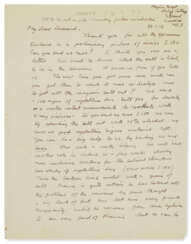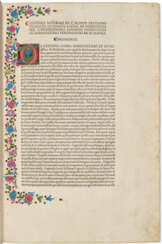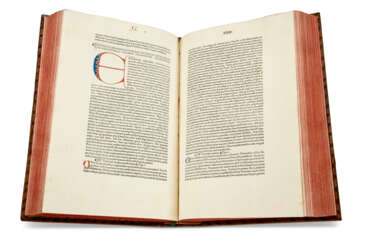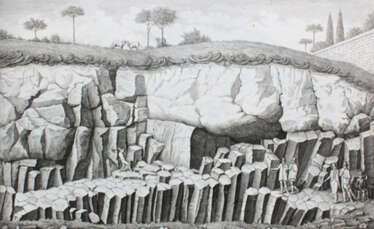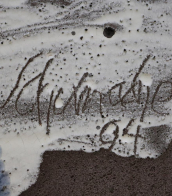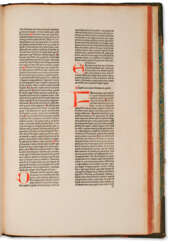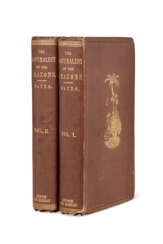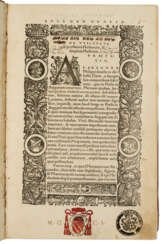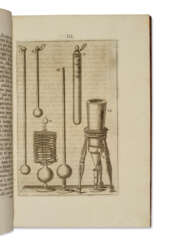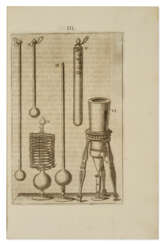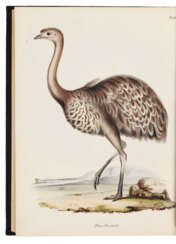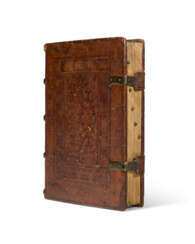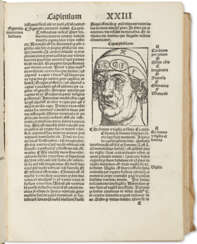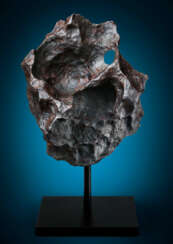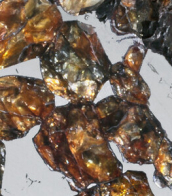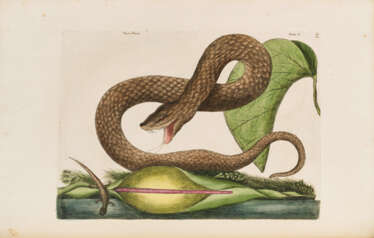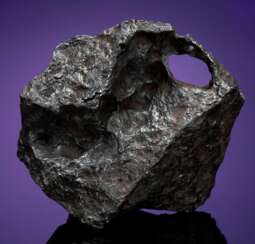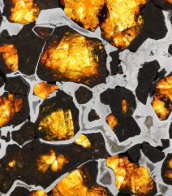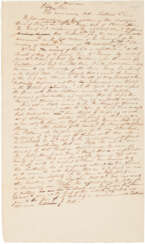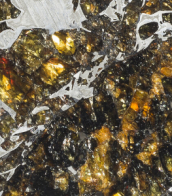natural sciences
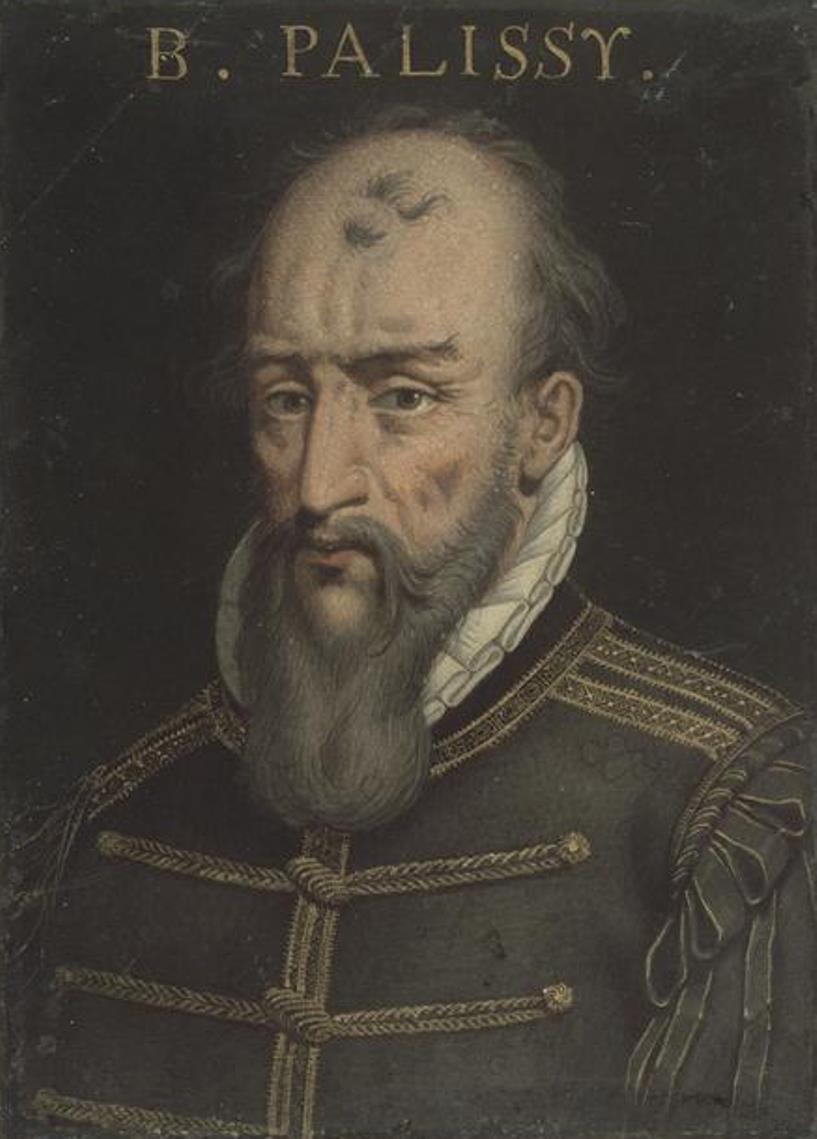
Bernard Palissy was a French natural scientist, painter, ceramicist and sculptor, geologist and writer of the French Renaissance.
Born into a family of artisans, Palissy apprenticed with his father as a glass artist and traveled throughout southwestern France comprehending pottery and studying geology. Today he is best known for his amazing lead-glazed pottery with images of various animals and people. After seeing a white glazed cup, probably of Chinese porcelain, in the 1540s, he set out to learn the secrets of its manufacture. His early research is described in De l'art de la terre. Although Palissy never succeeded in reproducing what he saw, his experiments gave him a thorough knowledge of the chemical compositions of minerals.
From 1575 in Paris, Palissy gave public lectures on natural history, which were published as Discours admirables (1580). In this treatise, Bernard Palissy touches on an incredibly wide range of subjects, from the techniques of ceramics, metallurgy and chemistry to hydrology, geology and fossils. He correctly identified fossils as the remains of ancient life. This work reveals him as a writer and scientist, a creator of modern agronomy and a pioneer of the experimental method, with scientific views generally more advanced than those of his contemporaries.


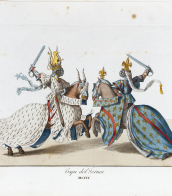
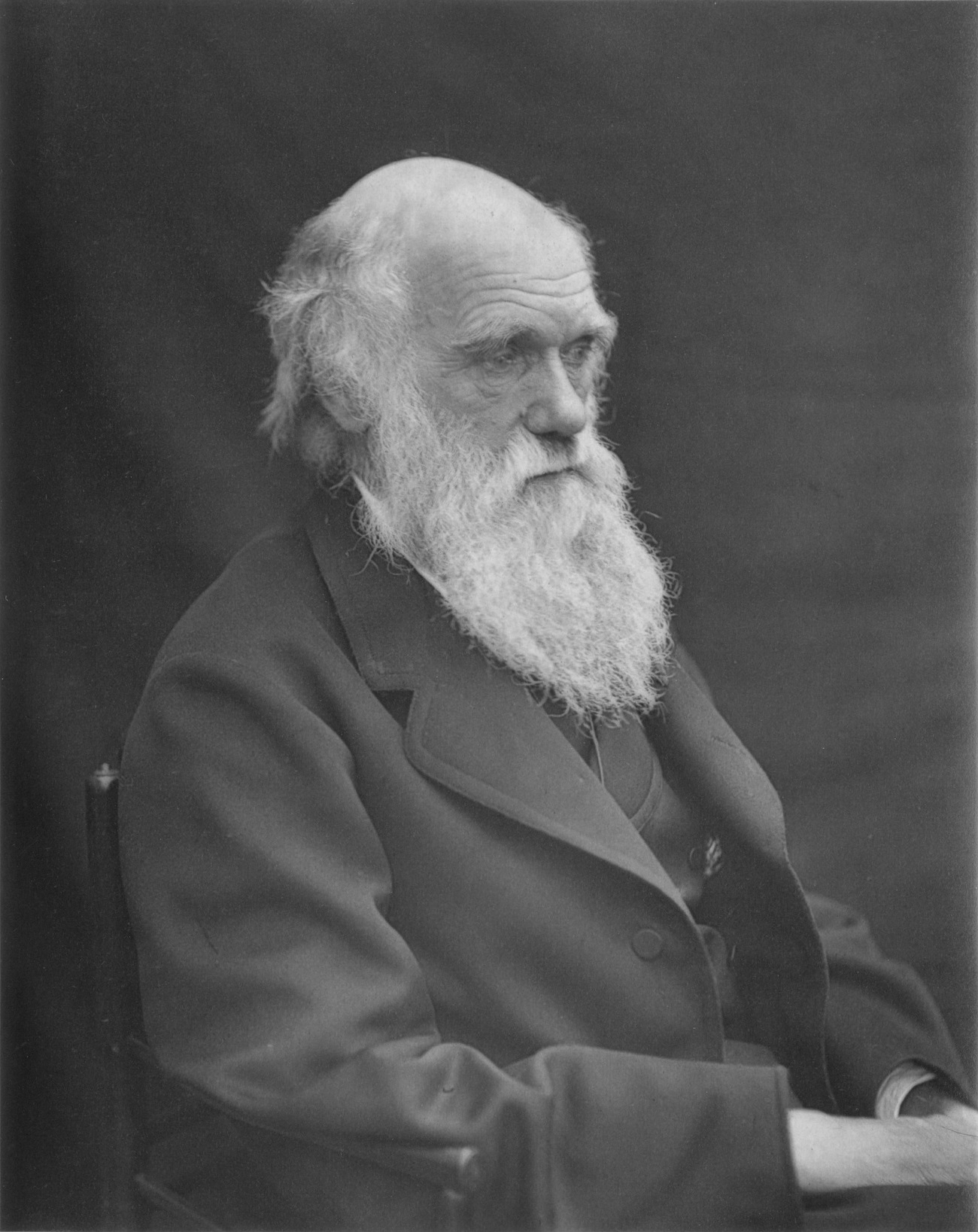
Charles Robert Darwin was an English naturalist, geologist, and biologist, widely known for contributing to the understanding of evolutionary biology. His proposition that all species of life have descended from a common ancestor is now generally accepted and considered a fundamental concept in science. In a joint publication with Alfred Russel Wallace, he introduced his scientific theory that this branching pattern of evolution resulted from a process that he called natural selection, in which the struggle for existence has a similar effect to the artificial selection involved in selective breeding. Darwin has been described as one of the most influential figures in human history, and he was honoured by burial in Westminster Abbey.

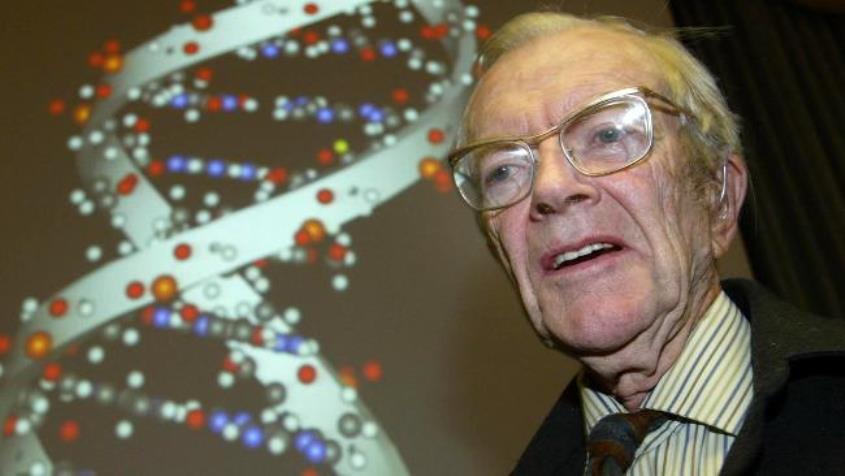



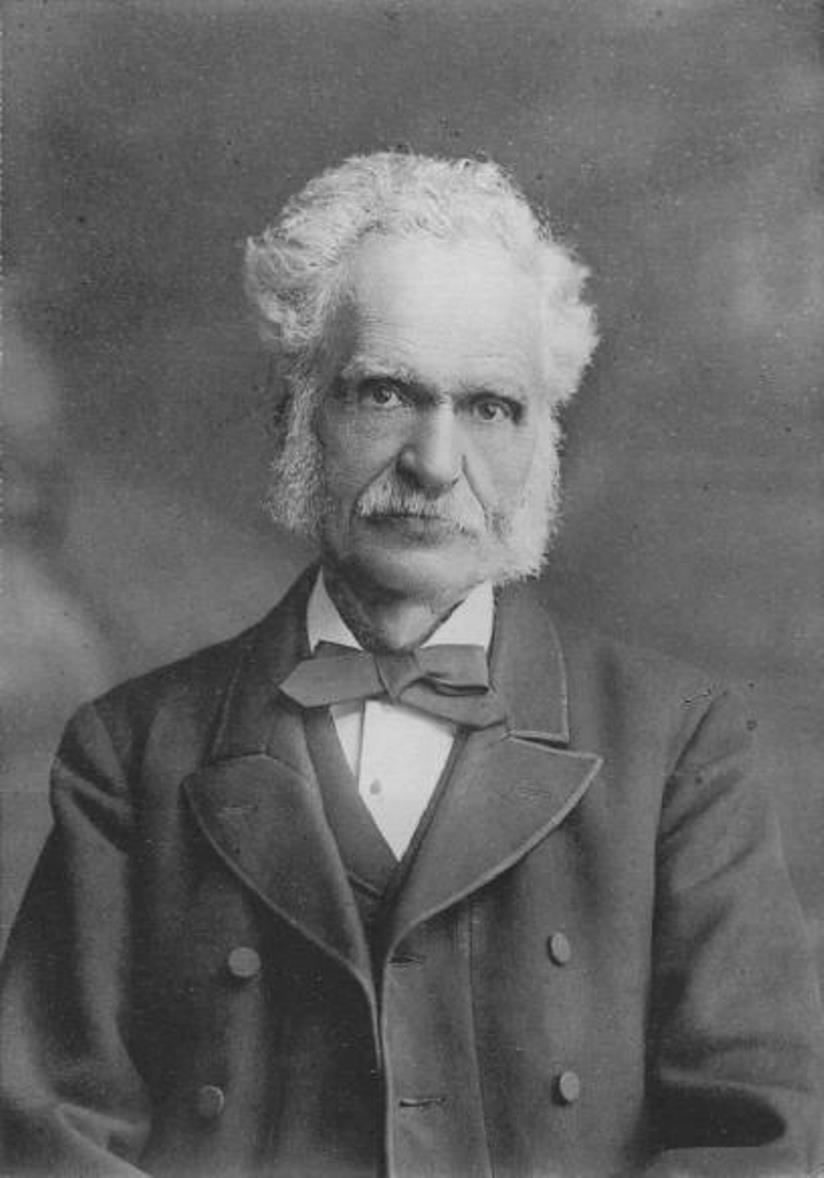
Henry Walter Bates was a British naturalist, biologist and traveler.
As a young man, Henry worked in a factory and attended the local mechanical institute, where he excelled in Greek, Latin, French, drawing and composition, later learning German and Portuguese. He also practiced classical music and was an avid entomologist.
In 1844, Bates met entomologist Alfred Russel Wallace, who a few years later invited him to go to the tropical jungle on a scientific expedition. In May 1848, they arrived in Para, Brazil, near the mouth of the Amazon River. Wallace returned to England four years later, but Bates remained there for a total of 11 years, exploring the entire Amazon Valley, where he collected some 14,712 species, mostly insects, of which 8,000 were previously unknown.
On his return to England in 1859, Bates began working on his vast collections and preparing a famous paper published in 1862 entitled Contributions to an Insect Fauna of the Amazon Valley. In 1864 Bates was appointed assistant secretary of the Royal Geographical Society (London), a position he held until his death. He wrote The Naturalist on the Amazon River (1863), as well as many works on entomology.
Bates's work in demonstrating the action of natural selection in animal mimicry (imitation of other living organisms or inanimate objects) provided strong support for Charles Darwin's theory of evolution. Much of Bates's insect collections are in the British Museum.

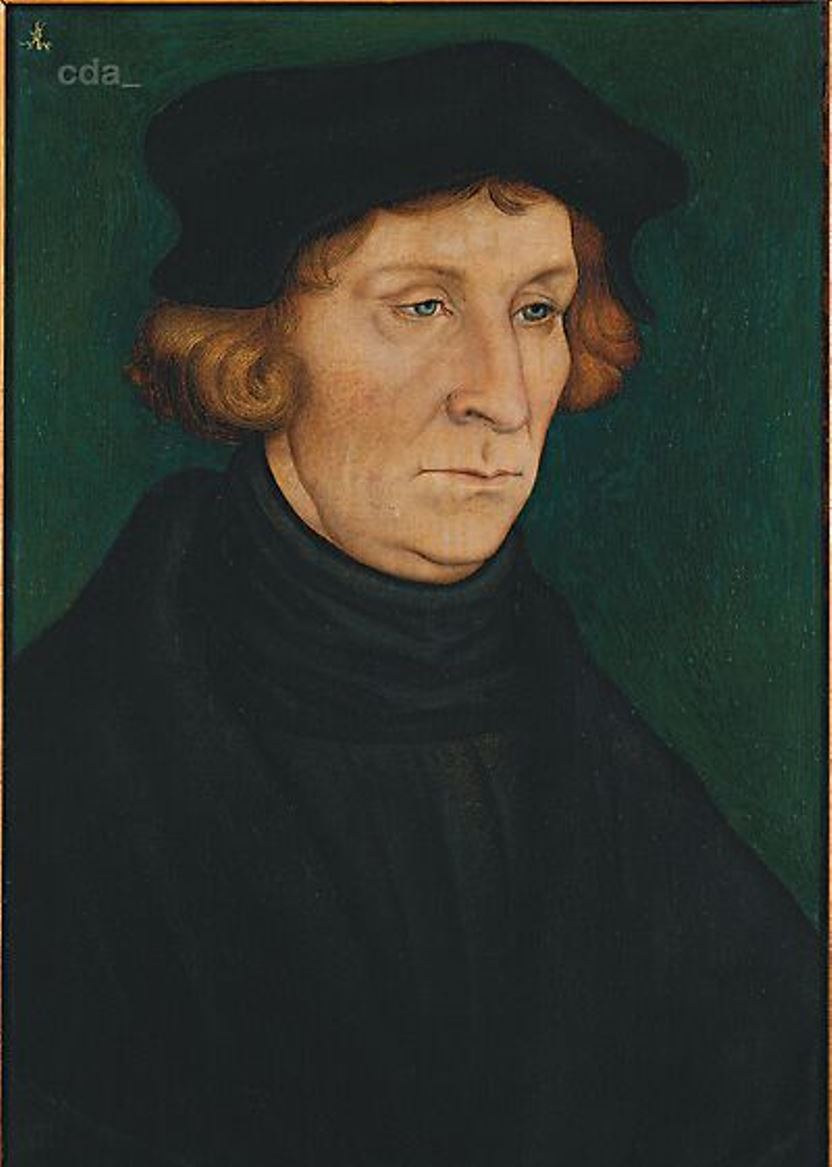
Otto Brunfels (also Brunsfels, Braunfels) was a German theologian, botanist and physician.
After studying theology and philosophy at the University of Mainz, Brunfels went to a Cartesian monastery near Strasbourg and later became interested in botany there. 1524 he opened a school in Strasbourg. In 1530, Brunfels began studying medicine at the University of Basel and two years later became city physician in Bern, where he remained for the rest of his life.
In addition to theological works, Brunfels published works on education, Arabic, pharmacy, and botany. His Herbarium Vivae Icones (1530 and 1536) and Contrafayt Kreüterbuch (1532-1537) contain woodcuts of German plants with their German common names. The 135 original woodcuts are detailed, accurate, and realistic depictions of living plants by the German artist and engraver Hans Weiditz. Brunfels' work contributed to the shift away from medieval outdated herbalism to the establishment of botany as a modern science. Carl Linnaeus considered Brunfels one of the founders of modern botany.


Charles Robert Darwin was an English naturalist, geologist, and biologist, widely known for contributing to the understanding of evolutionary biology. His proposition that all species of life have descended from a common ancestor is now generally accepted and considered a fundamental concept in science. In a joint publication with Alfred Russel Wallace, he introduced his scientific theory that this branching pattern of evolution resulted from a process that he called natural selection, in which the struggle for existence has a similar effect to the artificial selection involved in selective breeding. Darwin has been described as one of the most influential figures in human history, and he was honoured by burial in Westminster Abbey.

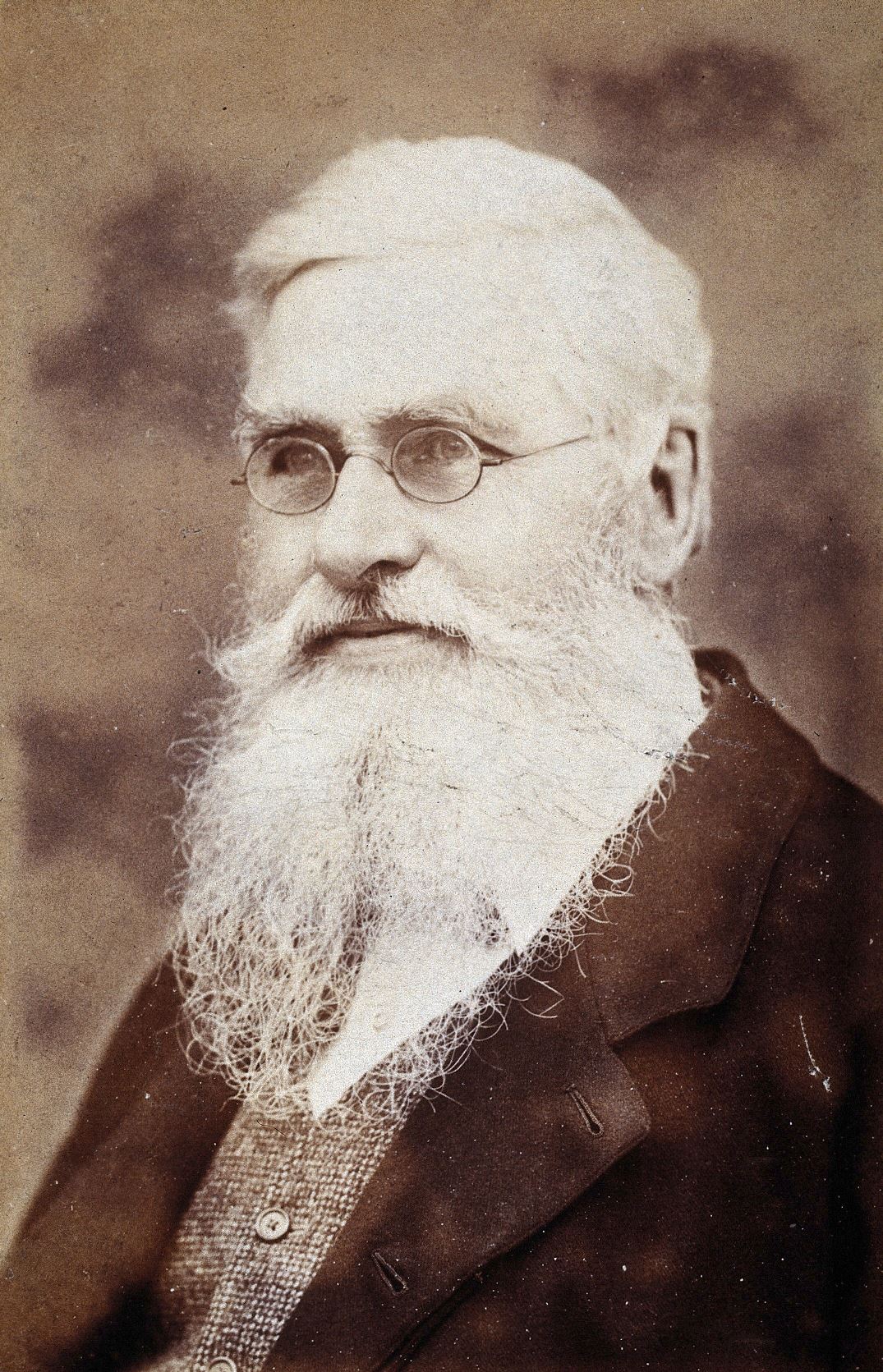

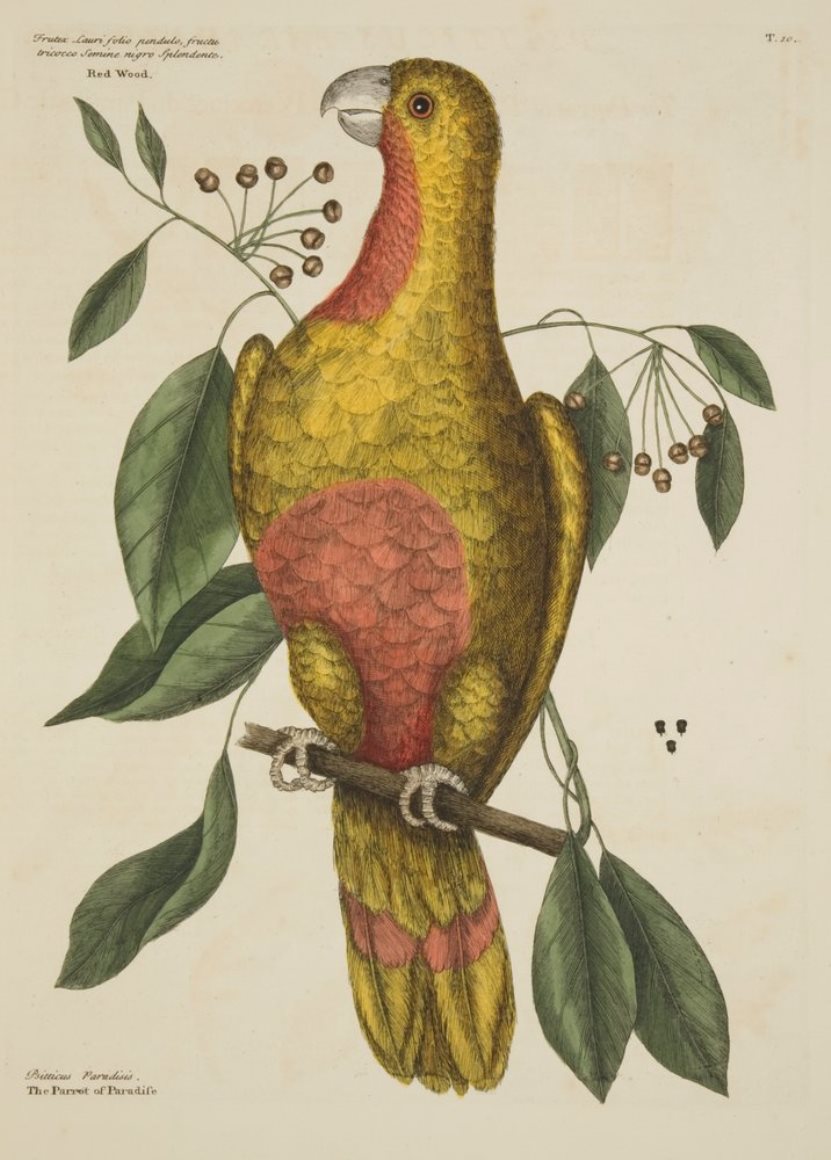

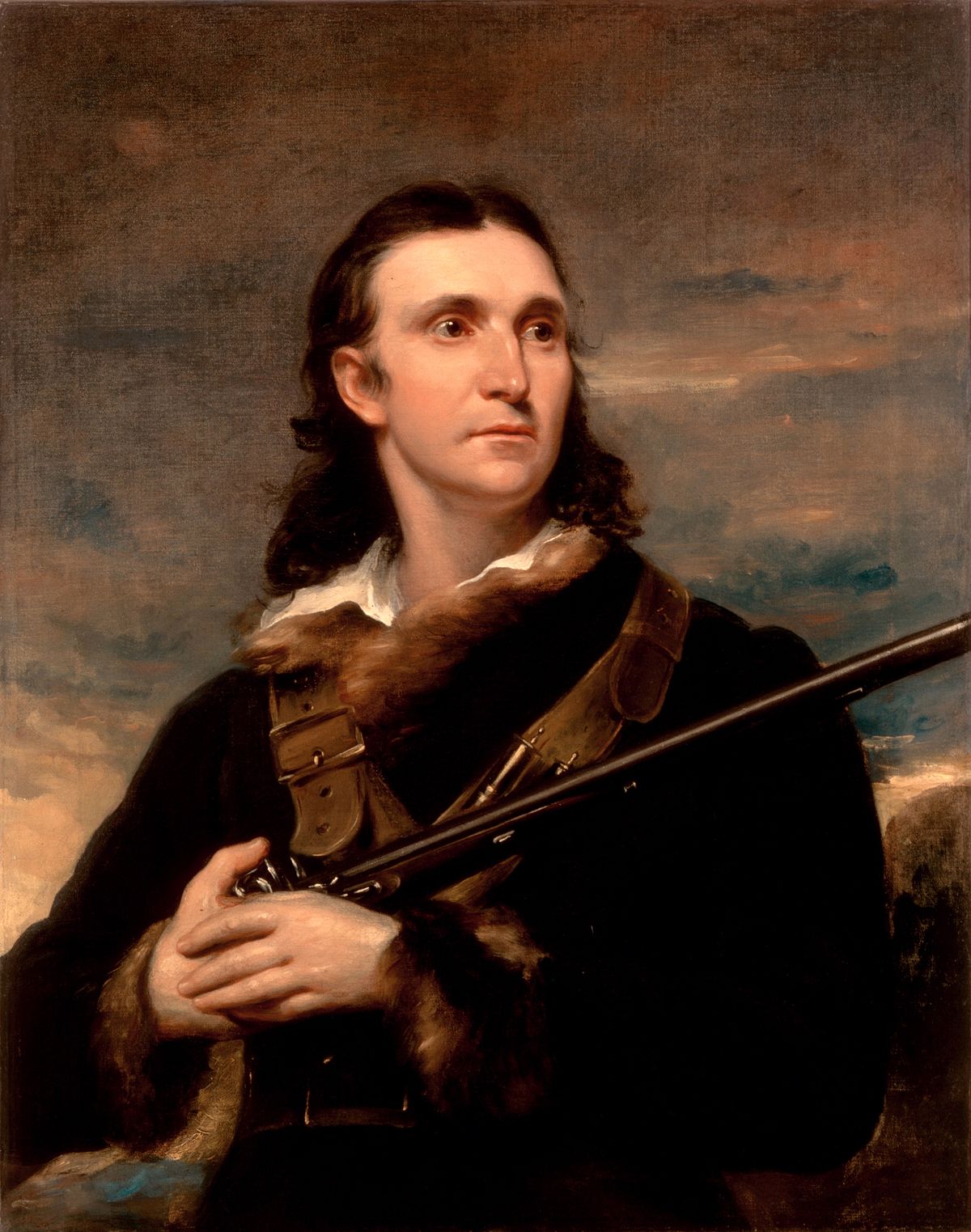
John James Audubon was a French-American ornithologist and painter, renowned for his groundbreaking illustrations of American birds. Born in 1785 in Les Cayes, Saint-Domingue (now Haiti), Audubon is remembered for his keen observation skills and innovative artistic techniques.
Audubon's most famous work, "The Birds of America," transformed the field of ornithology by presenting birds in lifelike poses and detailed backgrounds. Published between 1827 and 1838, it contained 435 hand-colored engravings, showcasing over 489 bird species. His unique approach to illustrating birds in their natural habitats was a departure from traditional methods, which often portrayed birds in rigid poses.
Audubon used a wire armature to position freshly-killed specimens, allowing him to depict birds with a sense of movement and vitality. This innovative technique was truly revolutionary and set him apart from his contemporaries. Additionally, Audubon's artistic skill and attention to detail made his illustrations highly sought after, with surviving copies of "The Birds of America" considered valuable collectibles today.
For art collectors and enthusiasts, Audubon's work continues to be a source of inspiration and admiration. His legacy endures through his contributions to ornithology and the art world, with museums and galleries showcasing his work. If you're interested in learning more about John James Audubon and his famous illustrations, consider subscribing to our newsletter for updates on new product sales and auction events related to his work.

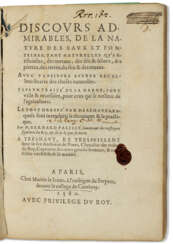

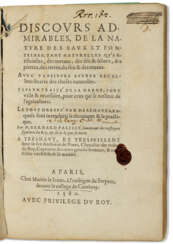

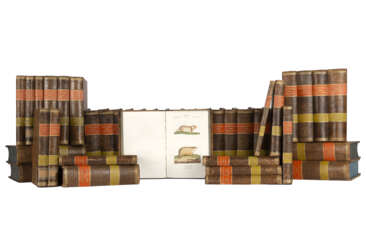

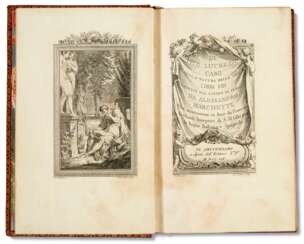

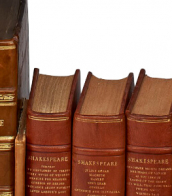
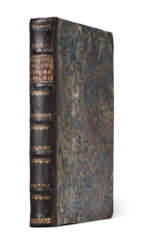



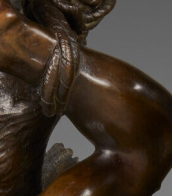
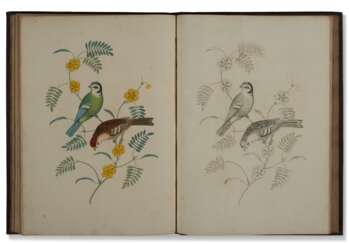

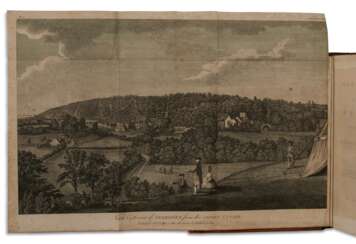





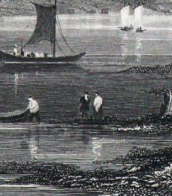
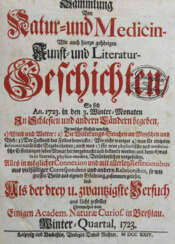

![Bumper number of Nature on DNA [-] next week I think](/assets/image/picture_2660775/b8a72/um9q4oeihgl7iw-upnifnlbtzn5u2h10r-o7vzbjheu1ijqkuxe8bdwoqlixoofo1674694114jpg__fix_374_244.jpeg)
![Bumper number of Nature on DNA [-] next week I think](https://veryimportantlot.com/assets/image/picture_2660775/b8a72/um9q4oeihgl7iw-upnifnlbtzn5u2h10r-o7vzbjheu1ijqkuxe8bdwoqlixoofo1674694114jpg__fix_374_244.jpeg)
